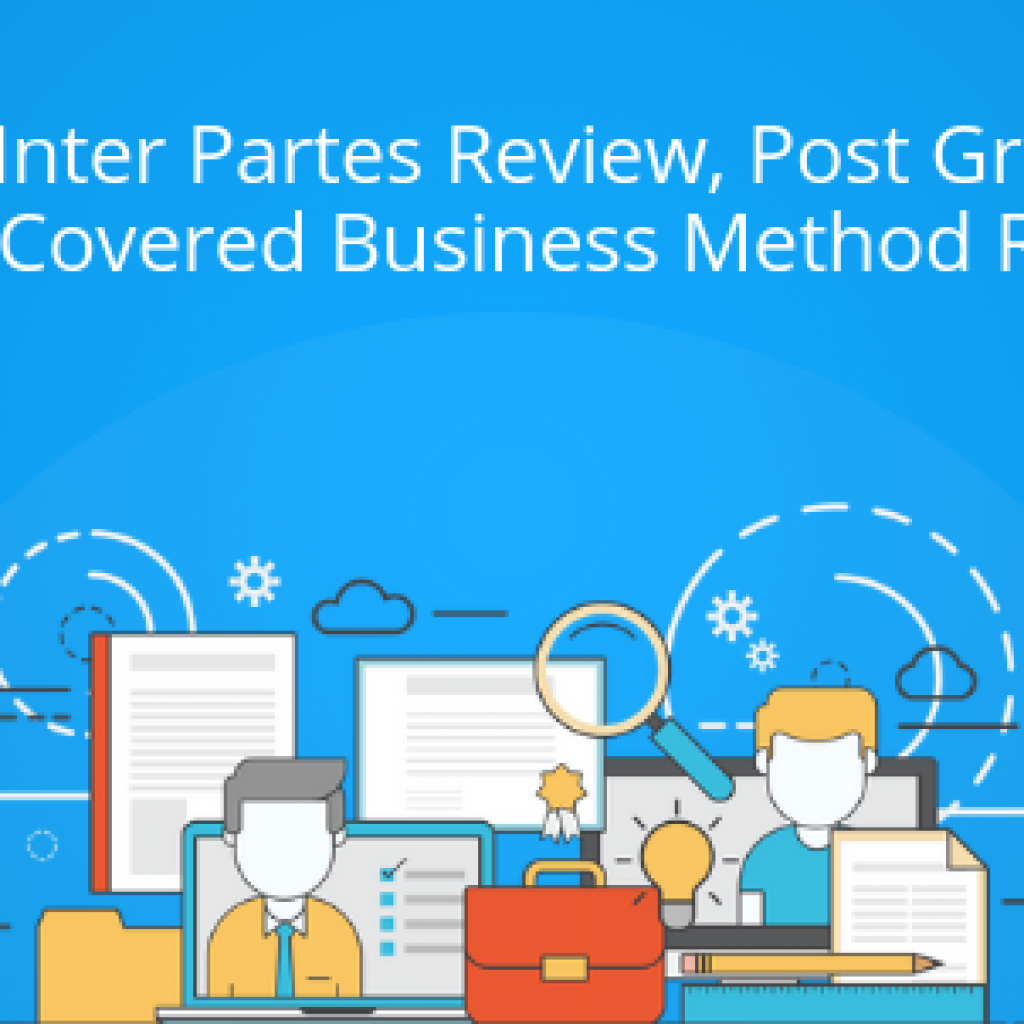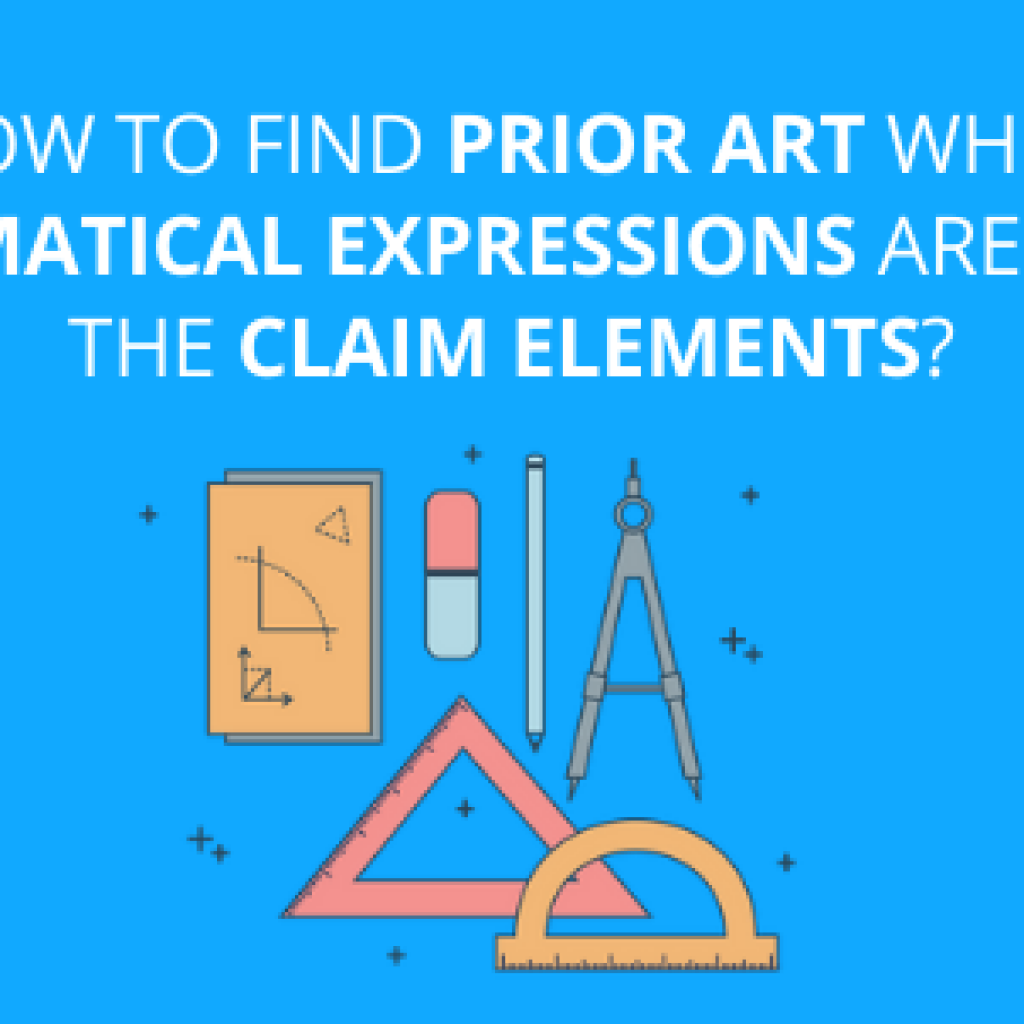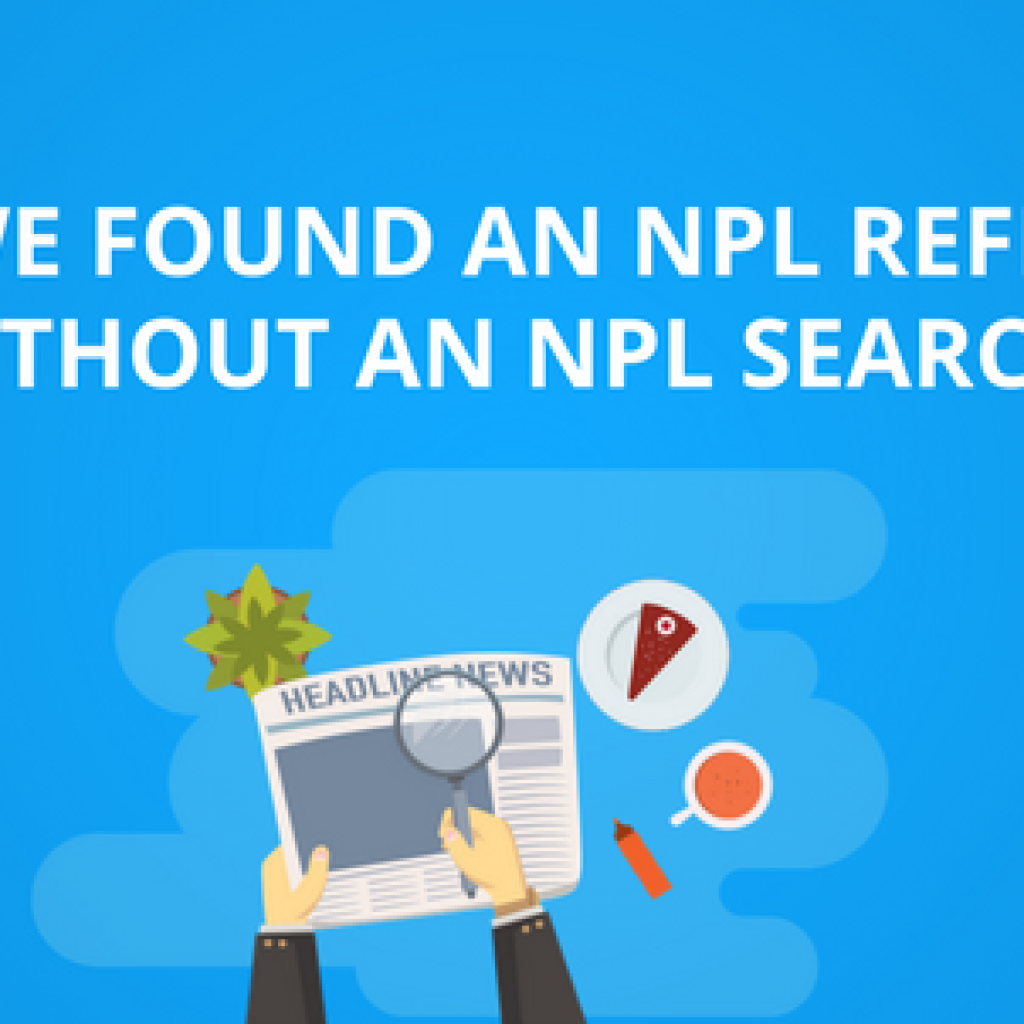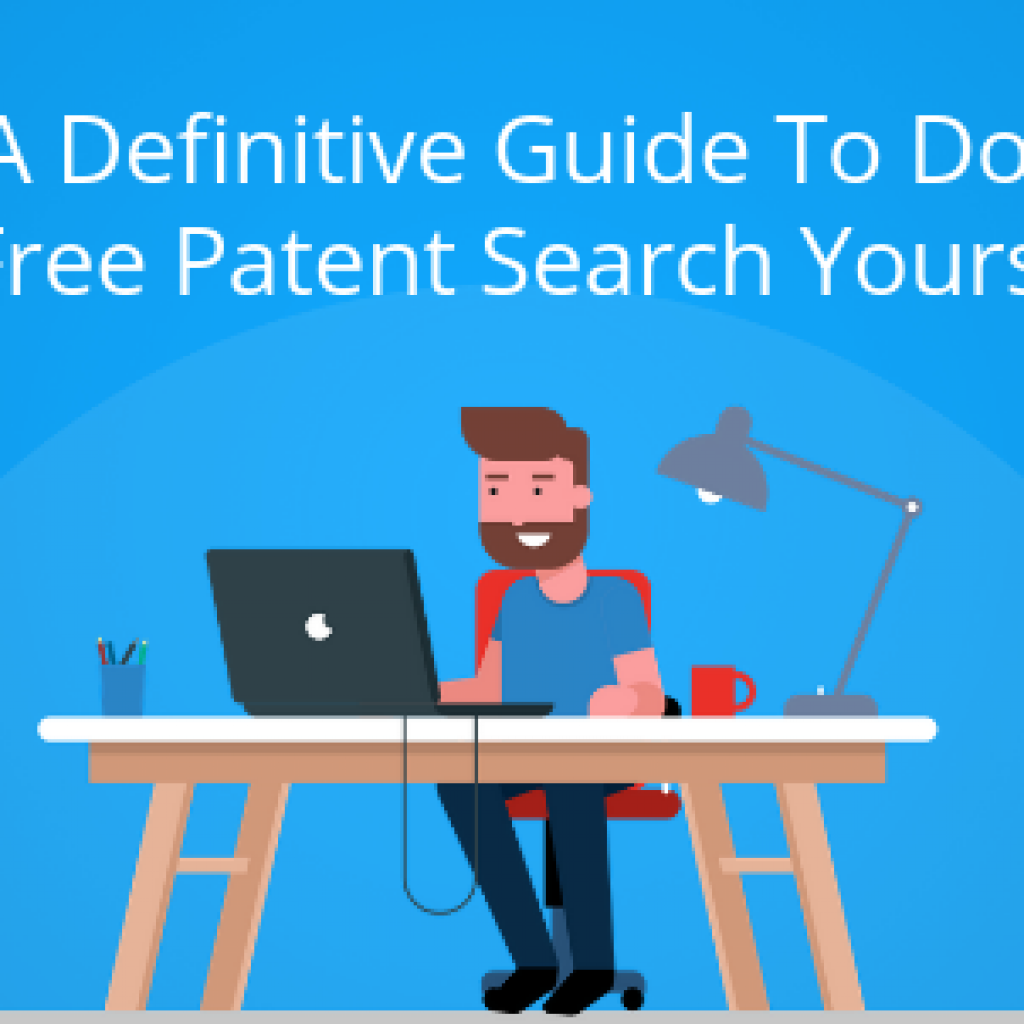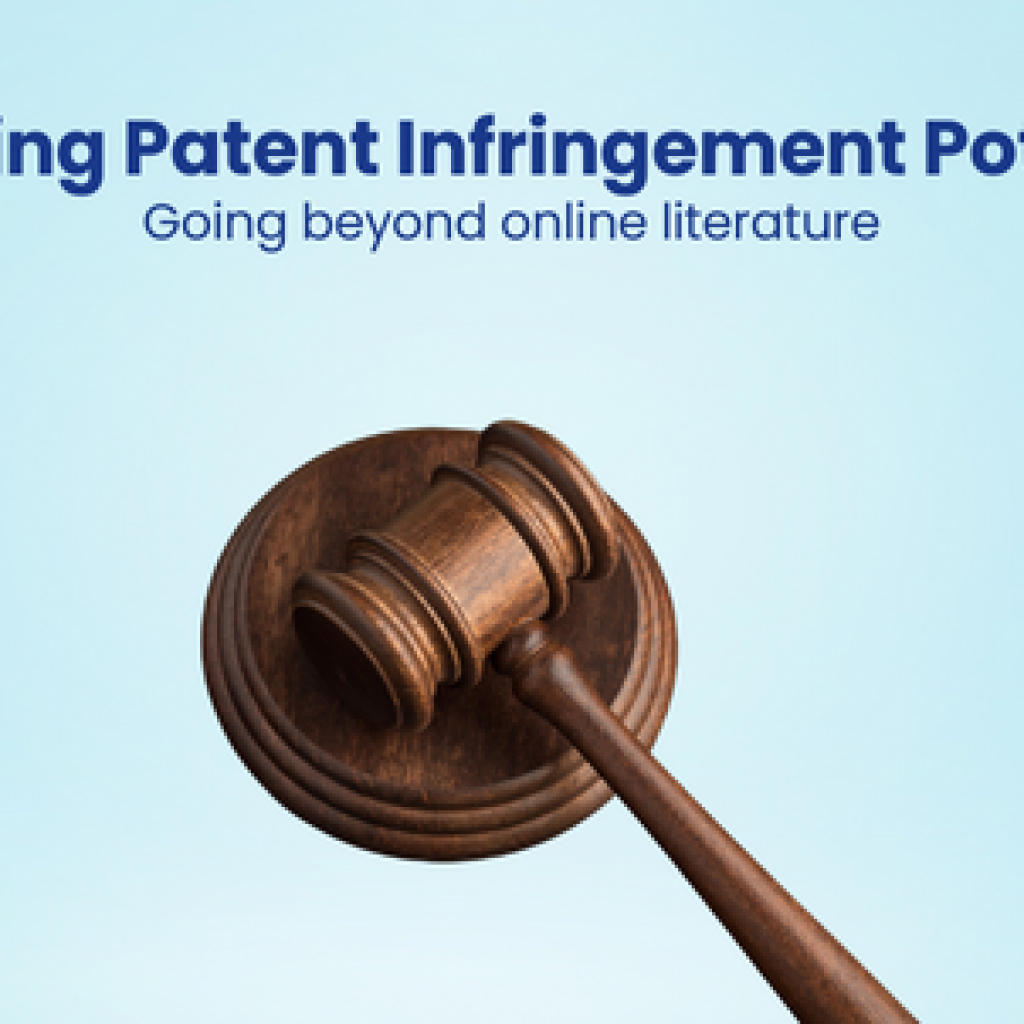Are all prior art searches equal? No. Some only apply to the United States. Some will also include foreign patents. And others will include searching for non-patent literature. As the focus of the patent search expands, so does its costs. So, even if a competent search is conducted for prior art in the United States, there is no guarantee that a killer piece of the prior art will not be sitting in a patent examiner’s office in Korea or Japan. That’s a risk.
The risk can be decreased by expanding the search. But, that costs money and why not just file the damn application and see what the patent examiner comes up with as far as prior art. That’s what most patent practitioners suggest. Is this a good idea? Put another way, “Do you feel lucky? Well, do you?”
Clint Eastwood had the right question. It’s usually luck. Maybe the examiner has enough time on his/her hands and the required technical expertise to find just the right art to knock out your first set of claims. How often does this occur? You can probably guess without even thinking, not as often as it should.
Instead, it is far more typical for the examiner to find somewhat relevant art, but not art that truly reads on your claims. As such, from this point forward, your patent counsel and the examiner will argue, through a series of office actions and responses, as to whether this “not so perfect art” invalidates the claims of your application.
Let’s be generous and assume that at the end of this process you obtain an issued patent where the claims are pretty much what you wanted at the outset. What is the cost in time and money? On average, a basic patent application may cost $10k to $15k to draft (not including the filing fees). To prosecute the application to issuance, let’s assume a price of $10k. One issued a patent for $20k to $25k. Pretty good.
Related Read: How much does it cost to file, obtain and maintain a patent in major jurisdictions across the world? Click here to find out.
Now, all you have to do is sit tight and wait for infringers and then the money will roll in. Wrong! Remember back when the examiner did the first (and only) full prior art search?
The examiner took about three (3) hours to conduct this search. He wanted to get to lunch across the street from the PTO in Alexandria, Virginia because right across the street is a great burger joint and, after all, he is not required to find the best prior art, only some prior art. At least that’s what seems to happen.
Suggested Read: 5 Types of Patent Examiners You Should Know
Back to that $25k issued patent. MicroHard, a Fortune 500 company, is making a product that clearly infringes on your new patent. They are selling millions of units a year at a cost of $125 a unit. If you can get 5% of this you will have a small fortune over the life of the patent. That would be fantastic for you, the company and its investors. All is well in the world, right?
Your patent attorney calls MicroHard and seeks a meeting to license your patent. As MicroHard’s attorneys prepare for this meeting, assuming they agree to one, how much do you think MicroHard will pay for their prior art search? $10K, $20K , $100K?
This question does not need a direct answer because it’s the wrong question. The correct question is, how much money does MicroHard have to squash you like a drunken bug on a hot August day in Texas? They have enough and more, and that is exactly what they will try to do.
Most large entities do not value the patents of others, only their own. They are quite willing to infringe your patent even if they are aware that your claims read on their product. Why? Because they can afford it. Even if you take them to court, and win, they will just pay you damages.
Even where damages are in the hundreds of millions of dollars, for a company like MicroHard, that’s a half day of profit. And, you may lose your case. If you look at recent litigation statistics, it has not been very good for patent plaintiffs.
The truth is, MicroHard’s search will be far better than that done by the examiner. The probability is that they will find at least one reference that is close enough to arguably knock out your independent claims as well as any number of references to combine to do the same thing. It’s a numbers game, that is why I use the word “probability.” It is not always the case.

Sometimes even the most rigorous search will come up empty. But, in my experience, that’s rare. A competent patent attorney is quite capable of making persuasive arguments of invalidity when given the results of most high-end prior art patent searches. How in the world can you fight that?
MicroHard, as well as most large companies, fully understand that most issued patents are weak. If a patent is weak, it has little value. So, it makes perfect business sense to ignore such patents outright. Another truth is that a strong patent gets attention. The stronger the patent, the more attention it will garner.
MicroHard may well pay a licensing fee for a truly strong patent without you having to resort to litigation. I’ve seen large companies take such actions. When it happens, it’s a very rewarding experience because you know you have created enough value in the patent(s) to grab their attention.
But, it’s very unlikely that you will obtain a strong patent if you file blind. Filing blind is just one problem. Again, we must understand that value is created over time. Making an informed decision on whether or not to file a patent application is the beginning of taking the correct actions that will build patent value over time.
 You could have spent $5k or $10k to do your own prior art search before you decided to file that patent application in the first place. But, that’s not what your patent attorney suggested. Patent attorneys, for the most part, are in the business of drafting and prosecuting patent applications. If that’s the strategy of the client, to obtain a lot of issued patents, no matter how weak they may be, then that’s OK. No harm, no foul.
You could have spent $5k or $10k to do your own prior art search before you decided to file that patent application in the first place. But, that’s not what your patent attorney suggested. Patent attorneys, for the most part, are in the business of drafting and prosecuting patent applications. If that’s the strategy of the client, to obtain a lot of issued patents, no matter how weak they may be, then that’s OK. No harm, no foul.
No need to do a prior art search because the strength (or lack thereof) of the issued patent is not a consideration. The client got what they wanted, an issued patent. Just don’t think it’s enforceable out of the box.
Now, if the client’s strategy is to put together a smaller portfolio of strong patents, patents that are core to the client’s business goals, then that’s a different story. This is why I make it a point to first make sure the client fully understands their reasoning for obtaining patents. Because, if one wants strong, meaningful patents, filing blind is not a good option.
Is a $5k or $10k prior art search worth doing at all given who you’ll be up against later on? Yes, because at least it gives you some justification for filing the application instead of stumbling ahead blindly.
Second, that prior art search will likely be far better than that done by the examiner, especially if you select a search firm with effective internal procedures as well as searchers who fully understand your invention as claimed. This is not easy, identifying the right patent search firm. But, it can be done if you know what to look for.
Recommended Read: How to select a better search partner? Click here to find out.
A third point, if the search comes up with art that reads on your claims you now have a choice. You can either stop and not file the patent application or you can try to draft new claim language that gets around this prior art. Either way, you will save a considerable amount of money in the long run.
If you decide not to file, you will not be paying for the filing and prosecution of that application. Further, you will save an untold amount of time and money by not foolishly trying to license a weak patent after it issues, should it issue. Most importantly, you will have a better idea as to where you stand right now, as far as being able to protect a core invention of your business.
Finally, and most importantly, going forward in the face of a positive prior art search (positive meaning no knockout prior art) is the first step in building a strong patent over time. And that is your goal. It’s like building a house. You want to build that house on a solid foundation. How solid? As solid as you can afford.
Should you do this for all patent applications? If the invention is core to your business I would say yes, in all cases. If an invention isn’t core to the business, why is a company pursuing such an idea or considering patent protection?
If the numbers of patents filed per year is a goal in and of itself, so be it. Just don’t think the numbers alone equate to value at the end of the day. Unless, of course, if you’re lucky, Clint Eastwood style. But, how many successful businesses have been built on such luck?
There are two basic methods for conducting a prior art search. Initially, the patent application drafter will liaise with a technical searcher. The technical searcher is usually an engineer or scientist with expertise in the technical area to be searched. Typically, under this approach, the drafter will provide a copy of the specification, drawings, and claims and leave it to the searcher to establish appropriate search parameters, conduct the search and document the results. Such a search has its merits, especially if one has a limited budget.
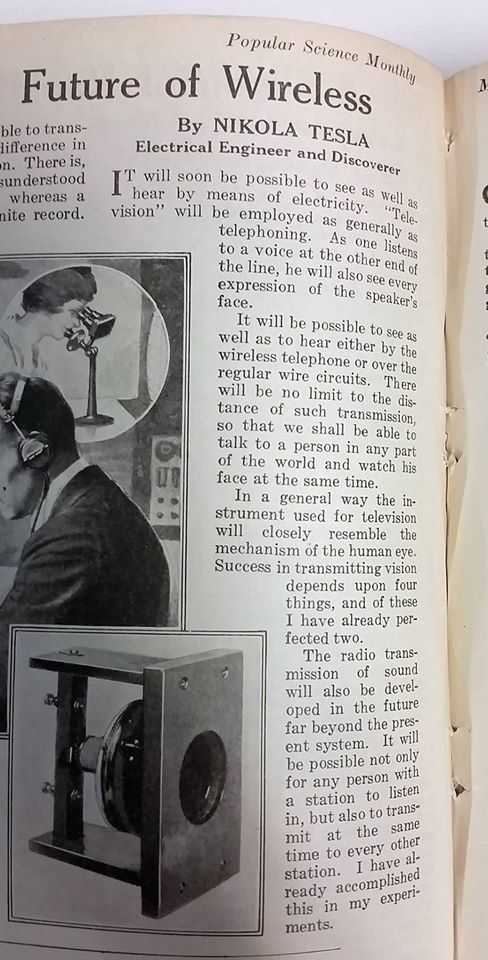
A more refined method that focuses more on establishing long-term value involves an experienced IP litigation attorney into the process at the outset. An IP attorney with litigation experience understands the difficulty parties face when presenting proof to establish the meaning of specific claim terms during a Markman hearing and guides the searcher accordingly during the search process.
Parties will often spend hundreds of thousands of dollars researching and drafting their Markman briefs. At the opposite end, during patent prosecution, an examiner typically takes only a few hours to formulate his/her search parameters.
One has to question the thoroughness of the examiner’s understanding of the claim terms at the outset. This should tell the reader that the preferred meaning of claim terms, critical to prior art interpretation, might not be the same as the meaning given by an examiner, a searcher, a drafter or even the inventor.
The guiding attorney also ensures that the search report truly represents the state of the identified prior art. From my experience, which is extensive, there can be significant differences between what a piece of prior art actually discloses and the searcher’s interpretation.
As a result, a search report may conclude invalidity of the draft claims where, in fact, the cited art does not read on the claims (and vice versa). The attorney is also the most capable person to educate the client as to why or why not a particular piece of the prior art is relevant when there is a close call.
With an experienced IP litigator’s hand at the wheel, you will have more confidence that the search is on point and that its results are correct. Consider it a form of insurance as you build value from a new invention.
Oftentimes, we fear bad news. We don’t want to find out that we may not have what we originally thought. This is understandable, it’s part of human nature. However, I suggest you fight against such thoughts.
If your intent is to create future value by obtaining strong patents, then you must take action at the beginning of the process that makes it more probable that your issued patent will survive the attacks of companies like MicroHard.
You’ll also have to take other actions during prosecution and after the patent issues. But, that’s another story that we will be discussing in the next installment.

Eric Halber, the author of this article, is a thought leader in IP space. He has over 25 years of experience of IP litigation and prosecution with Fortune 500 companies and top law firms. You can follow Eric on LinkedIn from here.
Eric is sharing his extensive experience through a series of articles on GreyB. You can subscribe to our email newsletters to get notified about his strategies and thought process from here: Click here to Subscribe.






